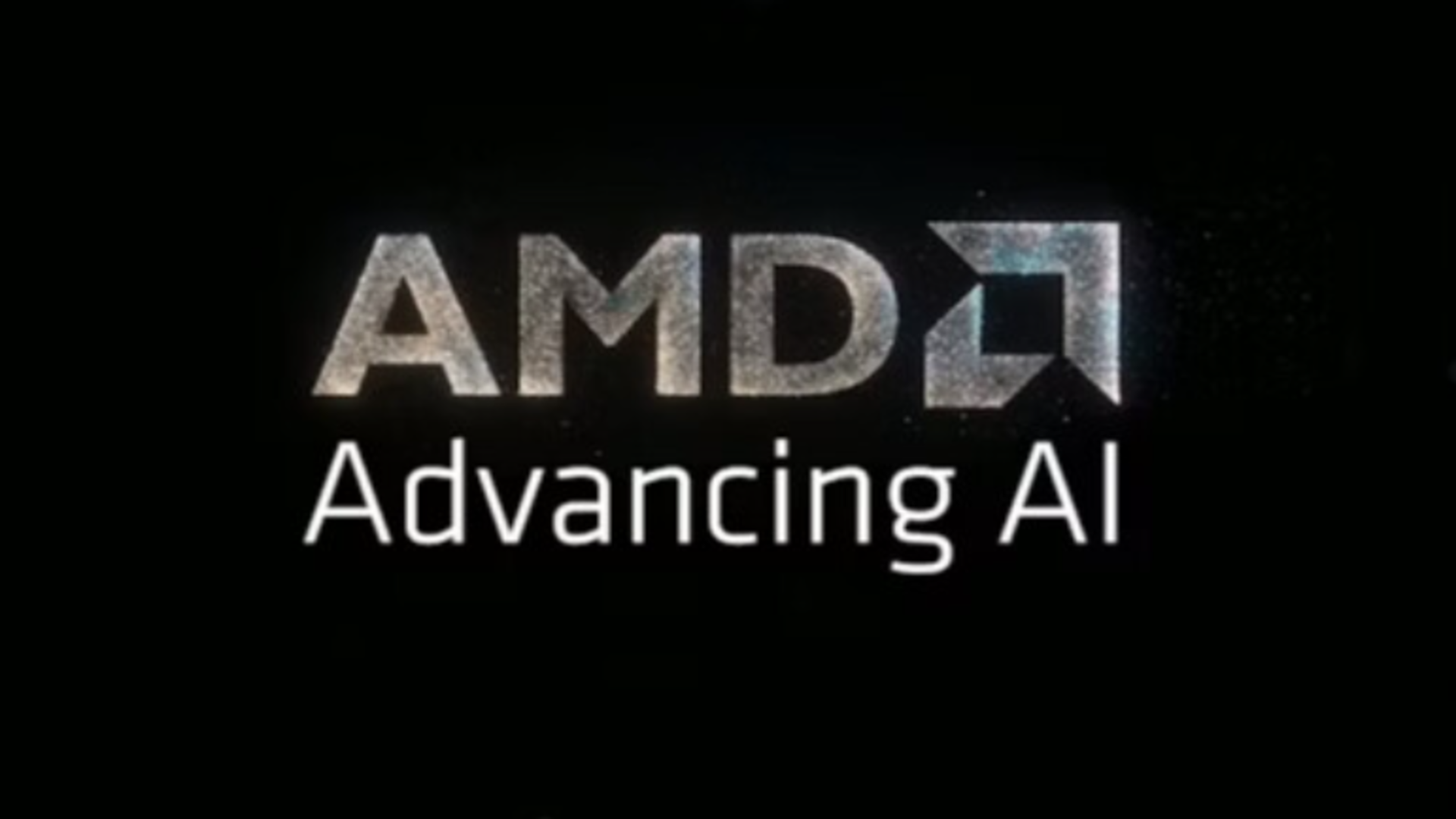
- AMD is aggressively acquiring talent to bridge the Instinct and Blackwell GPU performance gap
- Brium’s compiler expertise could help AMD accelerate inference without hardware-specific dependencies
- Untether AI’s team joins AMD, but existing customers are left without product support
AMD’s recent moves in the AI sector have centered around strategic acquisitions aimed at strengthening its position in a market largely dominated by Nvidia.
These include the acquisitions of Brium, Silo AI, Nod.ai, and the engineering team from Untether AI, each targeted at bolstering AMD’s AI software, inference optimization, and chip design capabilities.
The goal is clear: narrow the performance and ecosystem gap between AMD’s Instinct GPUs and Nvidia’s Blackwell line.
Calculated acquisitions amid a competitive ecosystem
AMD described the acquisition of Brium as a key step toward enhancing its AI software capabilities.
“Brium brings advanced software capabilities that strengthen our ability to deliver highly optimized AI solutions across the entire stack,” the company said.
Brium’s strengths lie in compiler technology and end-to-end AI inference optimization, areas that could be crucial for achieving better out-of-the-box performance and making AMD’s software stack less reliant on specific hardware configurations.
While this makes for a strong technical case, it also suggests that AMD is still playing catch-up in the AI software ecosystem, rather than leading it.
Brium’s integration will affect several ongoing projects, including OpenAI Triton and SHARK/IREE, which are seen as instrumental in boosting AMD’s inference and training capabilities.
The use of precision formats such as MX FP4 and FP6 points to a strategy of squeezing higher performance from existing hardware. But the industry has already seen similar moves from Nvidia, which continues to lead in both raw processing power and software maturity.
Another notable move was AMD’s absorption of the entire engineering team from Untether AI, a Canadian startup known for its energy-efficient inference processors. AMD didn’t acquire the company, only the talent, leaving Untether’s products unsupported.
“AMD has entered into a strategic agreement to acquire a talented team of AI hardware and software engineers from Untether AI,” the company confirmed, highlighting a focus on compiler and kernel development along with SoC design.
This signals a strong push into inference-specific technologies, which are becoming increasingly critical as training-based GPU revenue faces potential decline.
“AMD’s acquisition of Untether’s engineering group is proof that the GPU vendors know model training is over, and that a decline in GPU revenue is around the corner,” said Justin Kinsey, president of SBT Industries.
While that may overstate the situation, it reflects a growing sentiment in the industry: energy efficiency and inference performance are the next frontiers, not simply building the fastest systems for training large models.
Despite AMD’s optimism and commitment to “an open, scalable AI software platform,” questions remain about its ability to match Nvidia’s tight integration between hardware and CUDA-based software.
Ultimately, while AMD is taking calculated steps to bridge the gap, Nvidia still holds a considerable lead in both hardware efficiency and software ecosystem.
These acquisitions may bring AMD closer, but for now, Nvidia’s Blackwell remains the benchmark for what is widely regarded as the best GPU for AI workloads.













Leave a comment